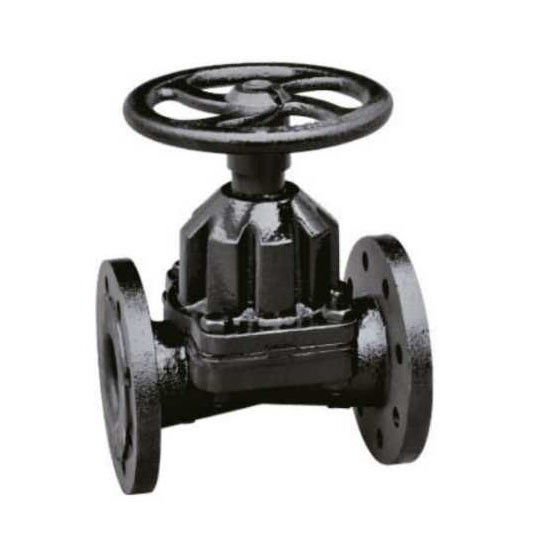What is the lifespan of a diaphragm valve?
2024-09-18

What are the advantages of using a Diaphragm Valve?
One of the main advantages of using a diaphragm valve is that it provides a high level of control over the flow of fluid. The flexible diaphragm allows for precise regulation of flow rate, which can be important in applications such as dosing or mixing.
How does a Diaphragm Valve work?
When the valve is in the open position, the diaphragm is pushed up against the valve body, allowing fluid to flow through the valve. When the valve is closed, the diaphragm is pushed down onto the valve seat, blocking the flow of fluid.
What is the lifespan of a Diaphragm Valve?
The lifespan of a diaphragm valve can vary depending on factors such as the type of fluid being handled, the operating pressure and temperature, and the quality of the valve. A well-designed and properly maintained diaphragm valve can last for many years.
In summary, diaphragm valves offer precise control over the flow of fluid, making them an ideal choice for a variety of applications. Despite the possibility of variation in their lifespan, they can have a relatively long service life if well-designed and maintained.
Tianjin FYL Technology Co., Ltd. is a manufacturer of diaphragm valves and other flow control equipment. Our valves are used in a wide range of industries, including chemical processing, pharmaceuticals, and food and beverage. We are committed to providing high-quality products and excellent customer service. Contact us at sales@fylvalve.com for more information.
References:
Burns, J. L., & Kraus, P. R. (1986). Diaphragm valve. Valve World, 4(2), 17-21.
Chen, Y., Desai, S., & Klavetter, F. (2001). Diaphragm valves technology review. AIChE Journal, 47(9), 1905-1915.
Groß, U., Göttlicher, G., & Guderian, V. (1994). New developments in diaphragm valves. Chemical Engineering and Processing: Process Intensification, 33(1), 31-37.
Harkness, J. (2005). The diaphragm valve-a detailed manufacturer's view. Valve World, 10(5), 22-25.
Kim, S. H., Jin, E. K., & Jeon, Y. U. (2013). Performance optimization of a diaphragm valve for polymer electrolyte membrane fuel cell. International Journal of Precision Engineering and Manufacturing, 14(2), 305-310.
Kunfermann, D. (2008). The diaphragm valve is making its mark. Valve World, 13(5), 18-21.
McGraw, R. G. (1983). Diaphragm valves. Industrial & Engineering Chemistry Product Research and Development, 22(4), 466-471.
Tran, N. T., Voss, S., & Böttcher, M. (2015). Numerical analysis of a diaphragm valve for a fuel cell. International Journal of Hydrogen Energy, 40(4), 1825-1833.
Wang, H., Li, J., & Liu, J. (2017). Influence of flow path on diaphragm valve performance. Journal of Fluids Engineering, 139(4), 041105.
Zhang, J., Zou, P., & Leng, X. (2013). Flow and vibration characteristics of a straight-through diaphragm valve. Journal of Mechanical Science and Technology, 27(12), 3849-3854.
Zhang, J., Zou, P., Huang, W., Liu, H., & Zhou, J. (2017). Fluid-structure interaction of a straight-through diaphragm valve. Journal of Fluids Engineering, 139(11), 111105.



